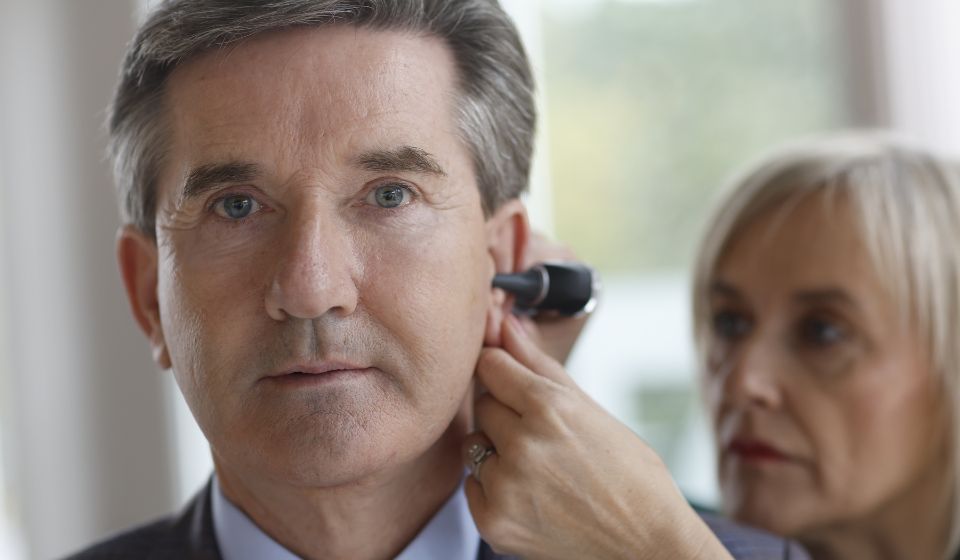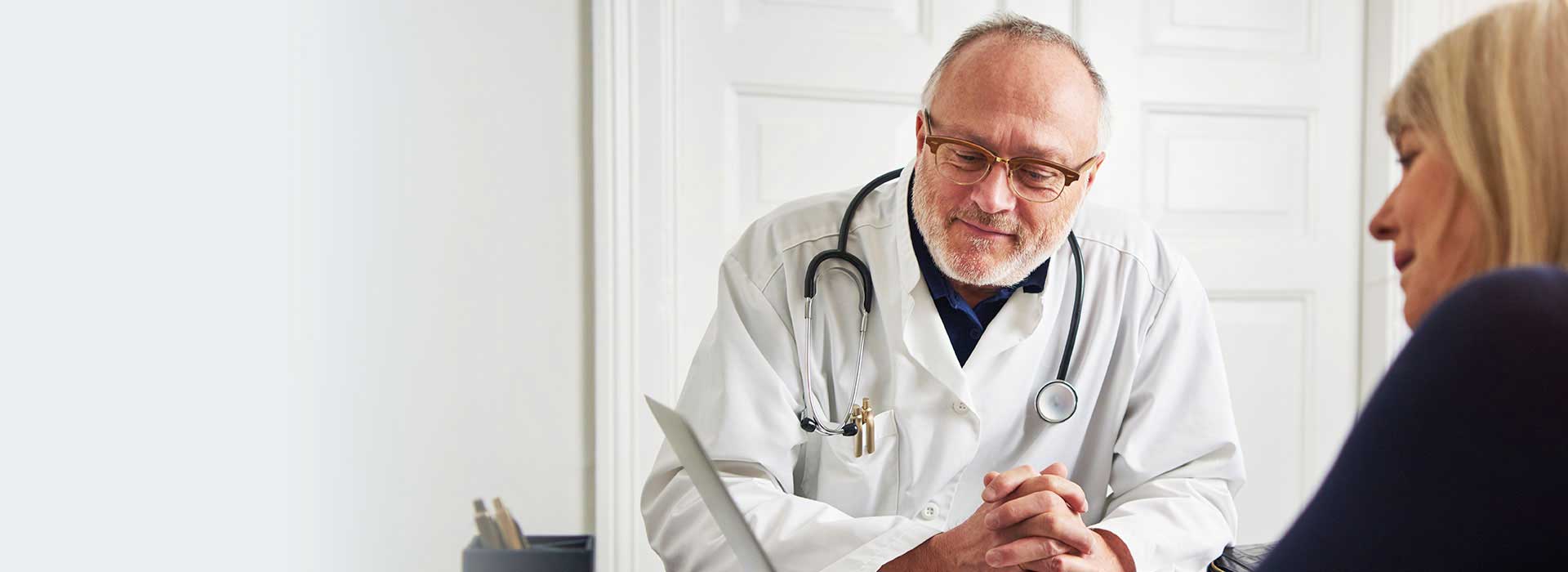Our professional ear wax removal services
In most cases, ear wax works its way out on its own, and there is no need to remove it. However, if ear wax is blocking your ear canal and causing hearing loss, it may require removal using one of the following methods:

1. Microsuction
Microsuction is the safest and quickest method of earwax removal. This method is also used to safely remove foreign bodies present in the ear canal.
Wax is basically a self-cleaning service for our ears, and it protects the sensitive ear canal from things like bacteria and debris (which can cause infections). Never put anything in your ear yourself, and, if you are bothered by the feeling of a blockage, just see your GP or a hearing care specialist.

2. Ear Irrigation
Ear irrigation is a procedure where water (at body temperature) is injected into the ear by the irrigator, which controls the water pressure, to ensure that reduces the chance of the ear being damaged. Under the gentle force of the water, the earwax is softened and dislodged, and the wax is carried out of the ear.
As well as being fully qualified, our audiologists receive additional specialist training in both ear Irrigation and "dry mopping" (which keeps the discharging ear dry) from Aston University Birmingham & Newcastle University.
Book an earwax removal

Earwax removal methods we recommend avoiding:
Cleaning your ears with cotton swabs
Since ear wax is necessary, you shouldn’t clean it too much; you simply don’t need to. However, you can wipe away any visible excess earwax using a wet cloth. But - do not use cotton swabs!
Cotton swabs are not the best way to clean your ears. They may look soft, but they are made from artificial fibers that can scratch and inflame the sensitive skin inside the ear canal, making it more vulnerable to infection.
If you think you have a blockage in your ear canal or think you are experiencing excessive ear wax, then you should consult a hearing care expert to receive professional ear cleaning. Instead of cleaning out the earwax, it is pushed deeper into the ear.

Ear syringing
The traditional method for ear wax removal that you or your family might have experienced many years ago was “syringing”. This was a high-pressure washing method that could lead to some complications. Today, modern technology has now outdated and replaced this procedure. At Hidden Hearing, we only use the latest technology and clinical protocols to give you the best outcomes. We have never nor will we ever use the ear syringing method because of the issues that might arise.










